The 420 clutch assembly is a critical component in power transmission systems, widely used in automotive, industrial, and heavy machinery applications. Its design ensures efficient torque transfer while maintaining durability under demanding conditions. Professionals—including mechanics, engineers, and fleet managers—rely on this assembly due to its balance of performance, reliability, and cost-effectiveness. Unlike generic or low-quality alternatives, the 420 clutch assembly is engineered to meet precise specifications, making it a preferred choice in both OEM and aftermarket applications.
User Perspectives: Who Needs the 420 Clutch Assembly and Why?
Different users prioritize distinct aspects of the 420 clutch assembly based on their operational needs.
Performance Enthusiasts
For high-performance vehicles, clutch durability and responsiveness are non-negotiable. The 420 clutch assembly is designed to handle increased torque loads without premature wear, making it ideal for modified engines or racing applications. Its optimized friction materials reduce slippage, ensuring consistent power delivery even under aggressive driving conditions.
Industrial and Heavy-Duty Users
In commercial trucks, agricultural machinery, and construction equipment, reliability is paramount. The 420 clutch assembly is built to withstand prolonged heavy use, resisting heat buildup and material degradation. Its robust construction minimizes downtime, a critical factor in industries where operational efficiency directly impacts profitability.
Cost-Conscious Buyers
While cheaper clutch assemblies may seem appealing, their shorter lifespan often leads to frequent replacements. The 420 clutch assembly offers a longer service life, reducing long-term maintenance costs. Its precision engineering also means fewer adjustments and repairs, making it a cost-effective solution despite a potentially higher initial investment.
Key Attributes of the 420 Clutch Assembly
Several technical features distinguish the 420 clutch assembly from competing models:
Material and Construction
The assembly typically incorporates high-grade friction materials such as organic, ceramic, or Kevlar-based linings, depending on the application. These materials ensure optimal grip while minimizing wear. Additionally, reinforced pressure plates and heat-treated springs enhance durability under high-stress conditions.
Precision Engineering
Unlike low-cost alternatives, the 420 clutch assembly is manufactured to strict tolerances, ensuring smooth engagement and minimal chatter. This precision reduces strain on the drivetrain, prolonging the lifespan of connected components like the transmission and flywheel.
Load Capacity and Compatibility
Designed for a wide range of torque requirements, the 420 clutch assembly is compatible with various engine types, including gasoline, diesel, and hybrid systems. Its adaptability makes it a versatile choice across multiple vehicle and machinery platforms.
| Feature | Benefit |
|---|---|
| High-grade friction materials | Extended lifespan, reduced slippage under load |
| Precision-machined components | Smooth engagement, less drivetrain stress |
| Broad torque compatibility | Suitable for diverse applications |
Common Pain Points and How the 420 Clutch Solves Them
Clutch systems face several recurring issues, many of which the 420 clutch assembly is specifically designed to mitigate.
Premature Wear in High-Torque Applications
Standard clutches often degrade quickly when subjected to excessive loads. The 420 clutch assembly uses reinforced friction materials and heavy-duty springs to resist wear, even in high-performance or industrial settings.
Slipping Under Heavy Load
A slipping clutch reduces power transfer efficiency, leading to poor acceleration and overheating. The 420 clutch assembly employs advanced friction surfaces that maintain grip, ensuring consistent performance under varying loads.
Difficult Installation or Adjustment
Some clutch systems require frequent adjustments or complex installation procedures. The 420 clutch assembly is designed for easier installation, with self-adjusting mechanisms in certain models, reducing maintenance labor.
Comparative Advantage: Why Choose a 420 Clutch Over Alternatives?
When compared to other clutch assemblies (such as the 400-series or budget aftermarket options), the 420 clutch assembly offers distinct advantages:
- Longer Lifespan: Higher-quality materials reduce replacement frequency.
- Better Heat Dissipation: Prevents performance loss under sustained heavy use.
- Wider Application Range: Suitable for both standard and high-performance setups.
While some alternatives may be cheaper upfront, their inferior durability often results in higher long-term costs due to frequent replacements and additional labor.
Future-Proofing: Is the 420 Clutch Assembly Evolving with Industry Needs?
As automotive and industrial technologies advance, clutch systems must adapt. The 420 clutch assembly is already seeing innovations such as:
- Enhanced Materials: Development of carbon-fiber and hybrid composites for even greater durability.
- Smart Clutch Technology: Integration of wear sensors for predictive maintenance.
- Electrification Compatibility: Adjustments for hybrid and electric drivetrains where mechanical clutches still play a role.
These advancements ensure the 420 clutch assembly remains relevant as industry demands shift.
Conclusion and Recommendations
The 420 clutch assembly is a reliable, high-performance solution for professionals who prioritize durability, efficiency, and cost-effectiveness. Whether used in high-performance vehicles, industrial machinery, or daily-driven applications, its superior engineering ensures long-term reliability.
Key Recommendations:
- For Performance Users: Opt for high-friction variants to handle increased torque.
- For Industrial Operators: Prioritize heat-resistant models for extended service life.
- For Budget Buyers: Consider total cost of ownership rather than just initial price.
By selecting the right 420 clutch assembly for the application, users can maximize performance while minimizing maintenance and replacement costs.
 English
English русский
русский
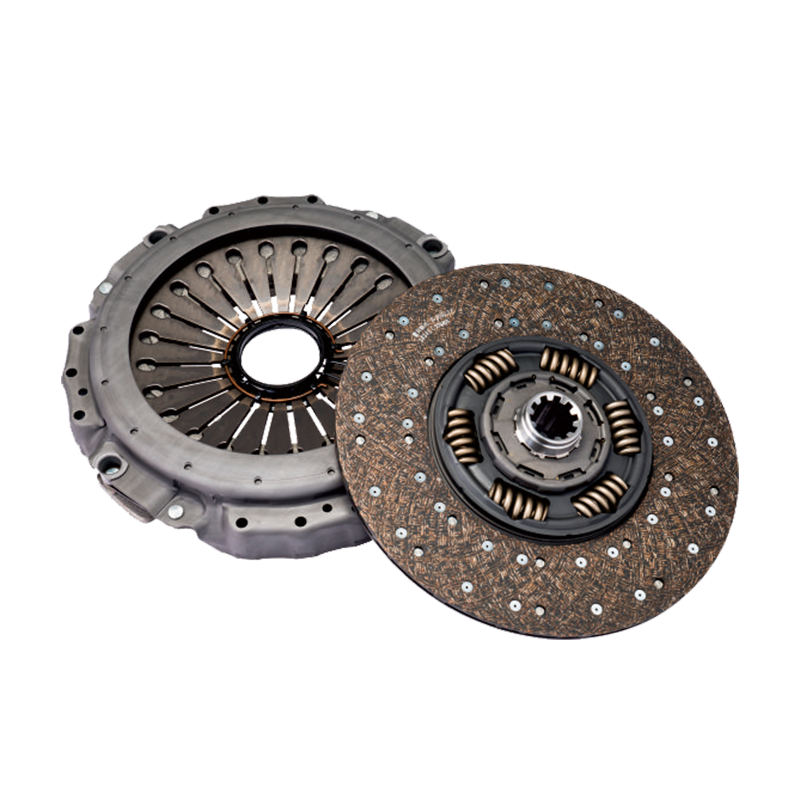
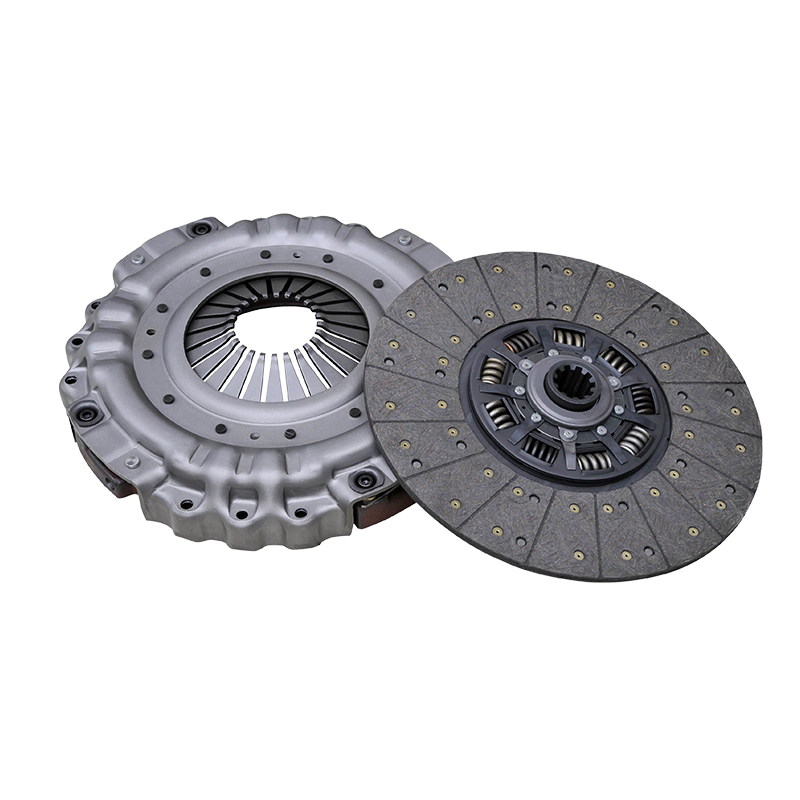
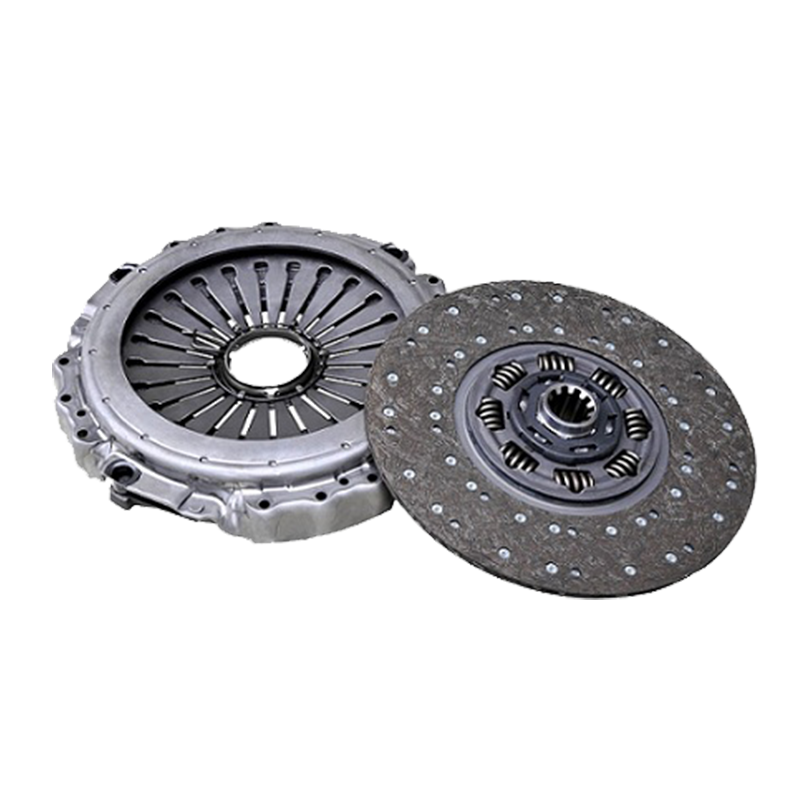
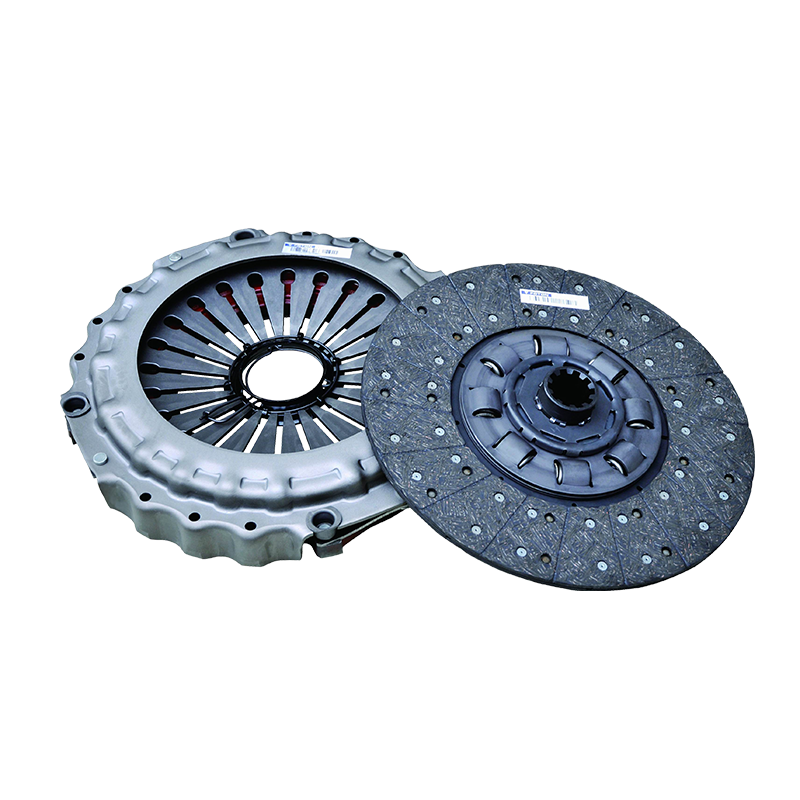
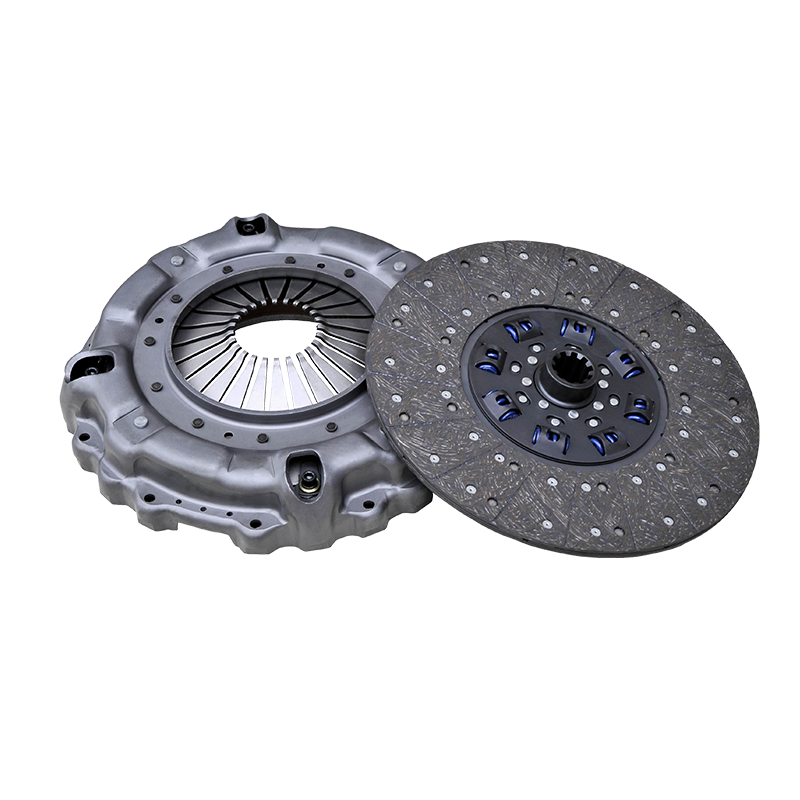
 English
English  No.25, Hu Chuang Road, New District Industrial Park, Suzhou, Jiangsu, China.
No.25, Hu Chuang Road, New District Industrial Park, Suzhou, Jiangsu, China.  +86-13338663262
+86-13338663262 
